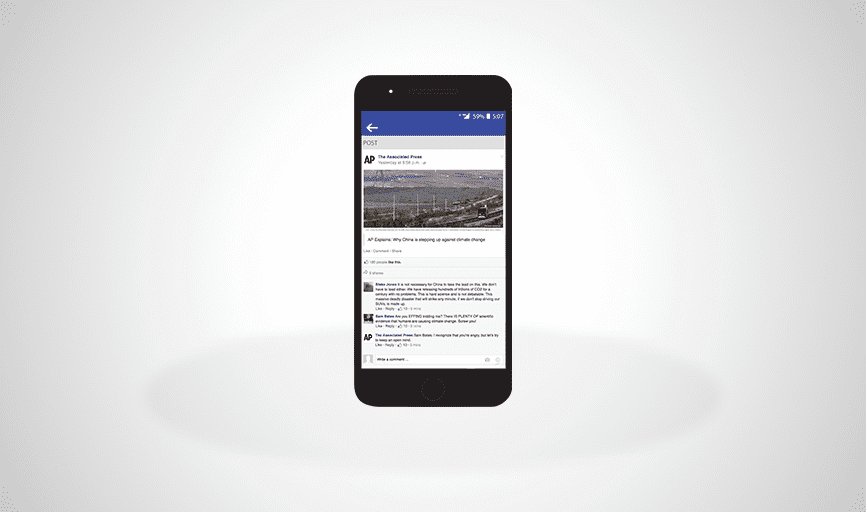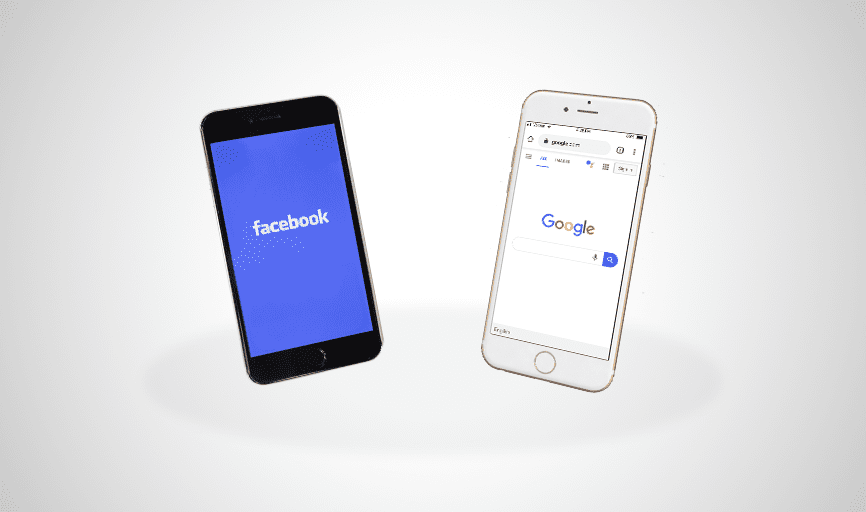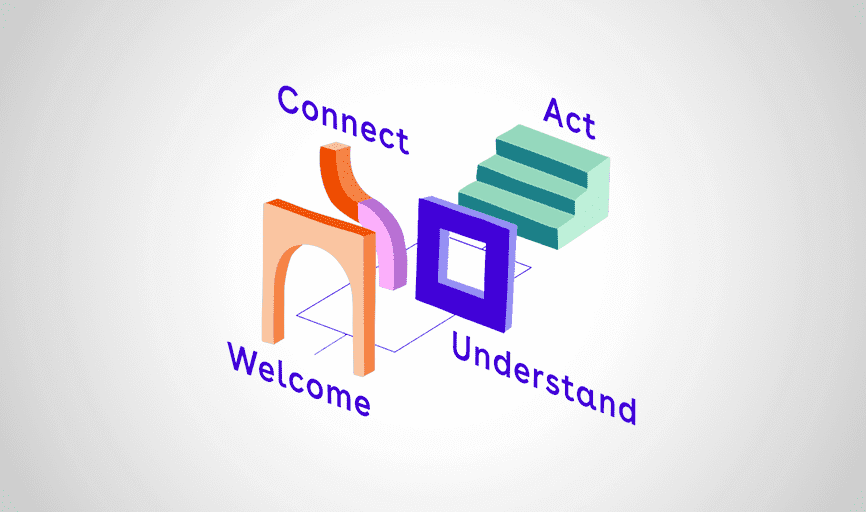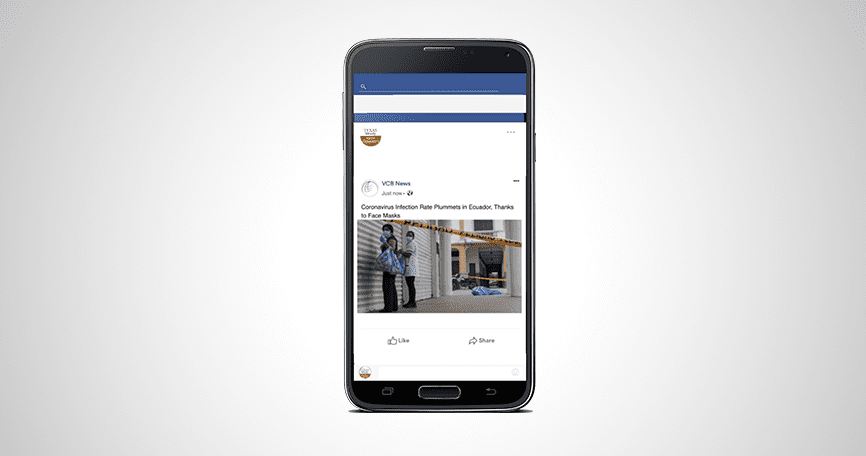Social Platforms

Front Porch Forum: Fostering Civic Engagement and ...
Public-friendly digital spaces where people feel welcome, make connections, build understanding, and work together can seem elusive. This work builds on our Civic Signals project to investigate how members of Vermont’s Front Porch Forum perceive the platform. Read More

Platform Research Ethics for Academic Research
There’s been a lot of research on digital platforms. But how do we know these studies were conducted ethically? And what does it mean to conduct ethical research?
We examine the state of current platform studies ethics. Read More

Bridging Political Divides with Facebook Memes
Previous research by the Center for Media Engagement found that a sense of common humanity – where people recognize that their own failings are common human experiences – can help bring people together. Now we examine whether this feeling can be fostered with something as simple as a meme. Read More

Making Your Political Point Online Without Driving...
The Center for Media Engagement tested a tool that makes digital conversations across divides easier: expressing humility when sharing a political opinion. The results showed that writing online posts with humility can help bridge divides. Read More

How Partisanship Affects Fact-Checking on Facebook
Stopping the spread of misinformation on Facebook is a difficult proposition. One of the reasons it is so difficult, particularly in the United States, is high levels of political polarization. Center for Media Engagement research shows that Democrats and Republicans are susceptible to believing misinformation about candidates from the opposing party and that Democrats and Republicans respond differently to fact checks. Read More

Digital Platform Experiences During the Pandemic
The COVID-19 pandemic upended many people’s day-to-day lives, and moved more interactions online. In this report, we analyze how the pandemic affected people’s use of search, social, and messaging platforms as well as their thoughts about the platforms. Read More

How the Public Views Deletion of Offensive Comment...
The Center for Media Engagement teamed up with researchers in three countries to examine how the public perceives comment deletion and the moderators who do it. Read More

Journalist Engagement in Facebook Comments: Try Ac...
We tested journalist responses to Facebook comments on news stories in order to find out which responses led to more positive perceptions regarding the news outlets and its comment moderation. The messages were tested in the U.S. and Germany to see how well they worked across different cultures. Read More

What Americans Know and Don’t Know about Fac...
The Center for Media Engagement asked American adults to answer questions about how platforms like Facebook and Google operate. The answers we received revealed important gaps in what the American public knows about how these platforms work. Read More

Civic Signals: The Qualities of Flourishing Digita...
Discussions of digital space often focus on eliminating troubling content or improving the user-friendliness of the design. We’re proposing that digital spaces, like the physical spaces we inhabit, should use public-friendly design. Read More

Using Facebook Messenger to Improve Online Discuss...
The Center for Media Engagement partnered with Vox and Spaceship Media to explore whether the design of online discussion groups can affect conversation quality and if Facebook Messenger can be used as an engagement tool. Read More

International Perspectives on What’s Considered Ha...
The Center for Media Engagement in the U.S. teamed up with researchers from Erasmus University in the Netherlands and NOVA University in Portugal to figure out how people from these three countries define hateful speech and whether they differentiate it from profanity. The results offer global guidance for social media platforms and news outlets on how to effectively create moderation guidelines that limit confusion about why certain posts and comments are removed while others are allowed. Read More

Coronavirus Coverage: The Effects of Headlines and...
Coronavirus news can be overwhelming. To determine if newsrooms can help counteract the fatigue, the Center for Media Engagement tested the effects of three types of headlines and two types of images on news Facebook posts. Read More

Images That Generate Clicks Among Both Liberals an...
The Center for Media Engagement partnered with ProPublica to determine if news story headlines and images can be crafted in ways that appeal to both liberals and conservatives. We found that Facebook ads using straightforward photographs, instead of illustrated graphics, performed better among both liberals and conservatives. However, changing… Read More

Social Media: The Good, The Bad, and How Platforms...
As part of the Civic Signals initiative, the Center for Media Engagement is releasing an excerpt from a series of reports aimed at achieving more public-friendly digital spaces. Read More

Political Coverage on Facebook
With the help of a national newsroom, we conducted 118 experiments on Facebook to test the success of different headlines, images, and status updates on Facebook. Read More

A Survey of Snapchat Users: Media, Politics, &...
In the weeks leading up to the 2016 election, we surveyed Snapchat users about their use of the app, specifically for news and politics. Read More

Social Media Buttons in Comment Sections
What if, instead of clicking a “Like” button, one could click “Respect”? Read More

